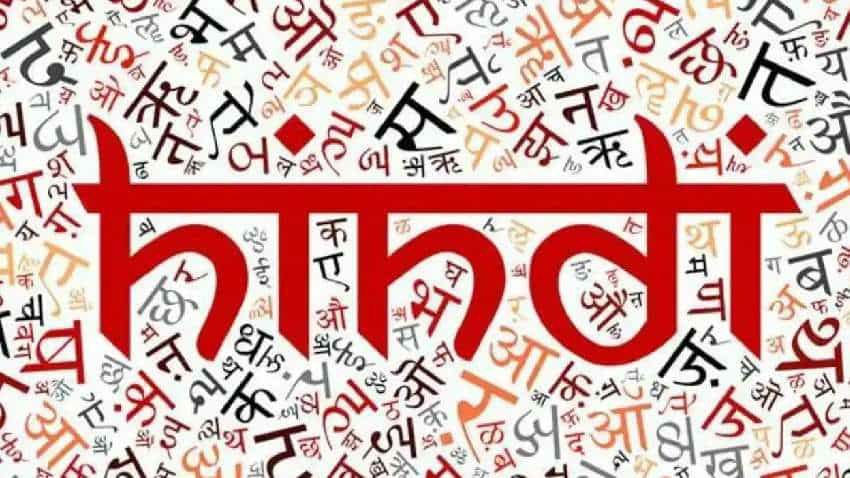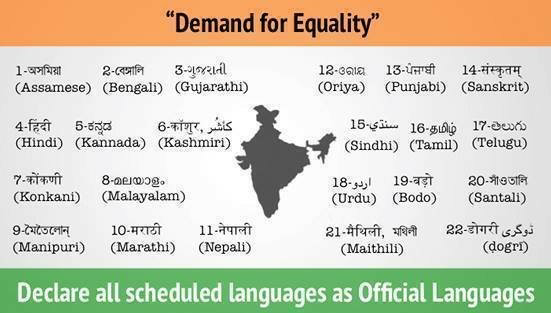Free Courses Sale ends Soon, Get It Now


Free Courses Sale ends Soon, Get It Now



Disclaimer: Copyright infringement not intended.
Context
Official Languages
|
Constitutional Provision for Union |
● Article 348 states that Parliament official language: Hindi or English ● Speaker or Chairman can permit other members to speak in his mother tongue if he is not confident to speak in English or Hindi. ● Under Article 343: Official language of Union is in Devnagari script. ● Numerals would be International numerals.
|
|
Constitutional Provision for States |
● Under article 210, Official language of State legislature : Hindi, English , Any other official language. ● President can allow any language spoken by majority of people to be used as official language of state. |
|
Language for communication between two states |
● Official language of Union will be the official language of communication between two state and states and union. ● If two states agree, then they can choose Hindi to be official language. |
|
Provision for Judiciary (Supreme Court ) |
● Parliament can provide for Hindi language in Supreme court. ● Since, Parliament has not made any law for it, English is the sole language of Supreme Court. |
|
High Court |
● Governor with assent of the president can provide for Hindi or any other language to be the official language of High court. ● Otherwise, language of transaction will be English. |
|
Language for Bills,Acts |
● Parliament can provide for Hindi language in Supreme court. ● Since, Parliament has not made any law for it, English is the sole language of bills and acts in parliament. |
About Hindi Diwas

UNCESCO World Heritage Centre
Functions
World Heritage Sites in India
Cultural (32)
Natural (7)
Mixed (1)
World Heritage Sites across the world
Benefits of a World Heritage Site designation
© 2024 iasgyan. All right reserved